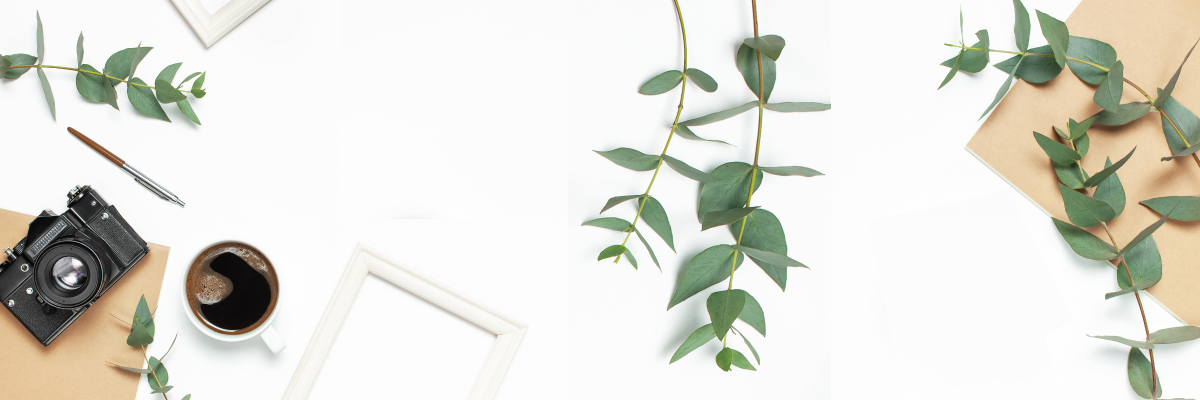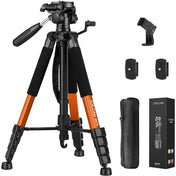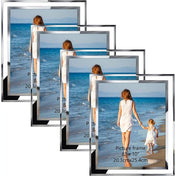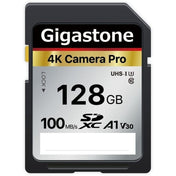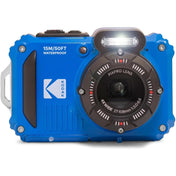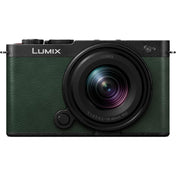Photography is an art form that combines technical skill with creative vision, and one of the most vital components of this artistry is aperture. Whether you’re a professional photographer or a hobbyist, understanding aperture will dramatically elevate your photography game. This blog dives deep into the significance of aperture in photography, highlighting how it affects exposure, depth of field, and overall image quality. Let’s embark on this journey to explore the world of photography, and discover how you can effectively use tools like the SELPHY Square Color Ink Set to enhance your prints.
What is Aperture?
Aperture refers to the opening in a camera lens that allows light to enter. It’s measured in f-stops, which are represented as f/1.4, f/2.8, f/4, and so on. A lower f-stop number indicates a larger opening, allowing more light to hit the camera sensor, while a higher f-stop number indicates a smaller opening and less light admission. Understanding the mechanics of aperture is fundamental to mastering photography.
Exposure: The Role of Aperture
One of the most direct impacts of aperture is on exposure. Exposure is the amount of light that reaches your camera’s sensor, and it plays a crucial role in determining whether your photos are bright, dark, or correctly exposed.
How Aperture Affects Exposure
Aperture works in conjunction with shutter speed and ISO to create a well-exposed image. Here’s how each component interacts:
- Shutter Speed: This refers to how long the camera's shutter remains open to let light in. A fast shutter speed can result in underexposed images when the aperture is set too small.
- ISO: This is the camera's sensitivity to light. Increasing ISO can allow you to shoot in lower light conditions, but can introduce noise to your images. Finding the right balance is essential.
When you adjust your aperture, you need to consider how it will affect both the shutter speed and ISO to maintain a proper exposure. For instance, if you open up the aperture to f/2.8, you can use a faster shutter speed or lower ISO and still achieve a well-exposed image.
Depth of Field: The Artistic Element
Aperture also significantly influences depth of field, which is the distance between the nearest and farthest objects in a photo that appear in focus. Mastering depth of field can help bring your creative vision to life.
Understanding Depth of Field
Depth of field is affected by three main factors:
- Aperture: A larger aperture (lower f-stop) results in a shallower depth of field, creating a beautiful background blur (bokeh), which is perfect for portraits. Conversely, a smaller aperture (higher f-stop) provides a deeper focus, which is ideal for landscapes.
- Focal Length: The choice of lens also influences depth of field. Longer focal lengths tend to produce a shallower depth of field, while shorter focal lengths give a deeper focus.
- Distance from Subject: The closer you are to your subject, the shallower the depth of field will be.
Experimenting with aperture settings allows photographers to control the mood and emphasis in their images. By mastering depth of field, photographers can guide the viewers’ eyes toward the subject and enhance storytelling through visual imagery.
Aperture and Low Light Conditions
Photographers often face challenging lighting situations, such as during sunset or in dimly lit indoor environments. A wider aperture is a powerful tool to manage these conditions.
Strategies for Low Light Photography
To maximize performance in low light, consider these strategies:
- Use a Wide Aperture: Setting your aperture to a lower f-stop number allows more light to enter your lens, which is vital in dark situations.
- Stabilize Your Camera: Use a tripod or stabilize your camera to avoid motion blur caused by slower shutter speeds when shooting in low light.
- Increase ISO Sensitivity: Increasing your ISO can help, but be wary of adding noise. Balancing aperture and ISO settings can give you better results.
These techniques can help ensure your photos remain crisp and clear, regardless of lighting conditions.
Aperture in Different Styles of Photography
Understanding aperture is crucial, but how it is applied can differ based on the style of photography. Each genre presents unique opportunities and challenges influenced by aperture settings.
Portrait Photography
In portrait photography, a wide aperture (such as f/1.8 or f/2.8) is a favorite choice. This setting produces a soft focus in the background, drawing attention to the subject’s eyes and facial features—essential in creating captivating portraits.
Landscape Photography
For landscape photographers, a smaller aperture (like f/8 or f/11) is often preferred. This choice allows for a greater depth of field, ensuring that both the foreground and background are in sharp focus, creating a sense of depth and dimension in the photograph.
Macro Photography
In macro photography, where you’ll be capturing close-up images of small subjects, controlling depth of field is critical. A wider aperture can isolate your subject against a beautifully blurred background, adding an artistic flair to your detailed shots.
Post-Processing and Aperture Settings
Once you’ve captured your images, it's time to bring them to life through post-processing. Software like Adobe Lightroom or Photoshop provides an opportunity to adjust exposure and depth of field further.
Editing Aperture in Post-Processing
While you cannot change the actual aperture used when taking the photo, you can enhance its effects during post-processing:
- Adjusting Brightness: If your images are underexposed due to a small aperture, you can brighten them in post-processing to achieve a perfect balance.
- Selective Focus: Some software allows you to create a faux depth of field effect, which can mimic the desirable focus of a wide aperture, enhancing the portrait effectiveness even on smaller f-stops.
- Noise Reduction: If higher ISO values were used to increase exposure, you can use noise reduction tools to clean up images, ensuring they look their best after editing.
These editing techniques can enhance your images, allowing your creative vision to shine.
Printing Your Masterpieces
After investing time in capturing the perfect shot, it’s essential to present your work beautifully. Printing plays a pivotal role in showcasing your photography, and using high-quality materials is key.
Utilizing the SELPHY Square Color Ink Set for Printing
When it comes to printing, the SELPHY Square Color Ink Set offers vibrant colors and fine detail that can enhance your photographic prints. The right ink set will enrich the colors produced by wide apertures and maintain clarity through detailed images. When printed using quality systems, your photographs can jump off the page beautifully, showcasing the work and effort that went into capturing them.
Elevate Your Photography Journey
As we’ve seen, understanding aperture and how to manage it effectively is essential in photography. From controlling exposure to manipulating depth of field and enhancing the low-light performance, mastering aperture empowers you to take your creative vision to new heights. Pair your knowledge with high-quality tools, including the SELPHY Square Color Ink Set for printing, and you will be well on your way to producing exceptional images that leave lasting impressions. Keep experimenting, keep shooting, and watch as your photography evolves into a stunning reflection of your unique perspective.

